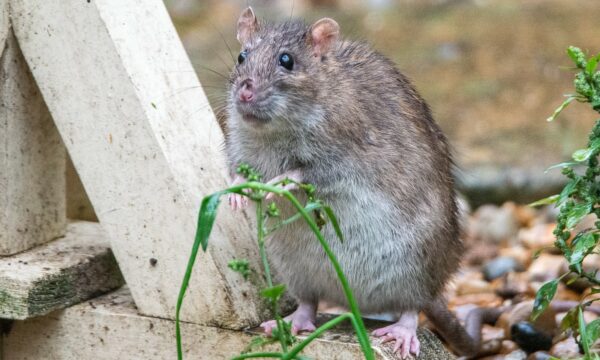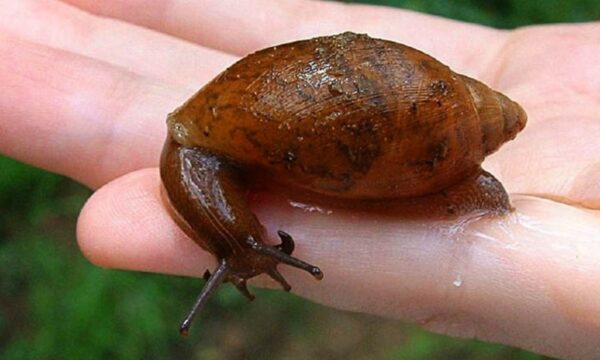In June 2014 the following datasheets were published on CABI’s Invasive Species Compendium (ISC). You can explore the open-access ISC here: www.cabi.org/isc
Solanum seaforthianum (Brazilian nightshade) is a very aggressive woody vine able to invade natural forests, natural grasslands, forest margins, urban bushland, riverbanks, crops, pastures, roadsides, disturbed sites and waste areas. Once established, it is able to grow forming dense monocultures that smother native plant species.
Astatoreochromis alluaudi (Alluaud’s haplo) is a cichlid fish native to East African rift lakes, satellite lakes and river systems. Common in the aquarium trade, it was also widely introduced into novel river and lakes systems in East Africa for the biological control of molluscs, where it is now widespread.
Calonectria pseudonaviculata (Buxus blight) is a fungal plant pathogen. It was identified relatively recently in the UK as an introduced species causing a devastating shoot blight of boxwood (Buxus spp.) plants that are commonly used in gardens and landscaping. This pathogen has been reported from other European countries in recent years, and may have been transported in asymptomatic infected plants or propagating materials. It survives well in plant debris and probably also in soil.
Other invasive species datasheets recently published include:
Alpinia zerumbet (shell ginger)
Galinsoga quadriradiata (shaggy soldier)
Rhamphicarpa fistulosa (no common name)
Sanchezia speciosa (shrubby whitevein)
Senna septemtrionalis (smooth senna)
Thunbergia fragrans (whitelady)
Zingiber montanum (cassumunar ginger)
1 Comment
Leave a Reply
Related News & Blogs
Can scientific data on invasive species protect endangered species from extinction?
A Red lionfish (Pterois volitans) – while splendid to look at, it is a venomous coral reef fish that predates native species, is rapidly reproducing and spreading and is a permanent resident of the Atlantic waters. Credit: Invasive species are a major…
4 December 2023






Superb Job!!!!
thanks people Jason Jack Inv Species Coordinator Kosrae State Government Federated States of Micronesia